Looking for the best collard greens substitutes? This guide shares flavorful, beginner-friendly swaps that cook up just as hearty and satisfying.
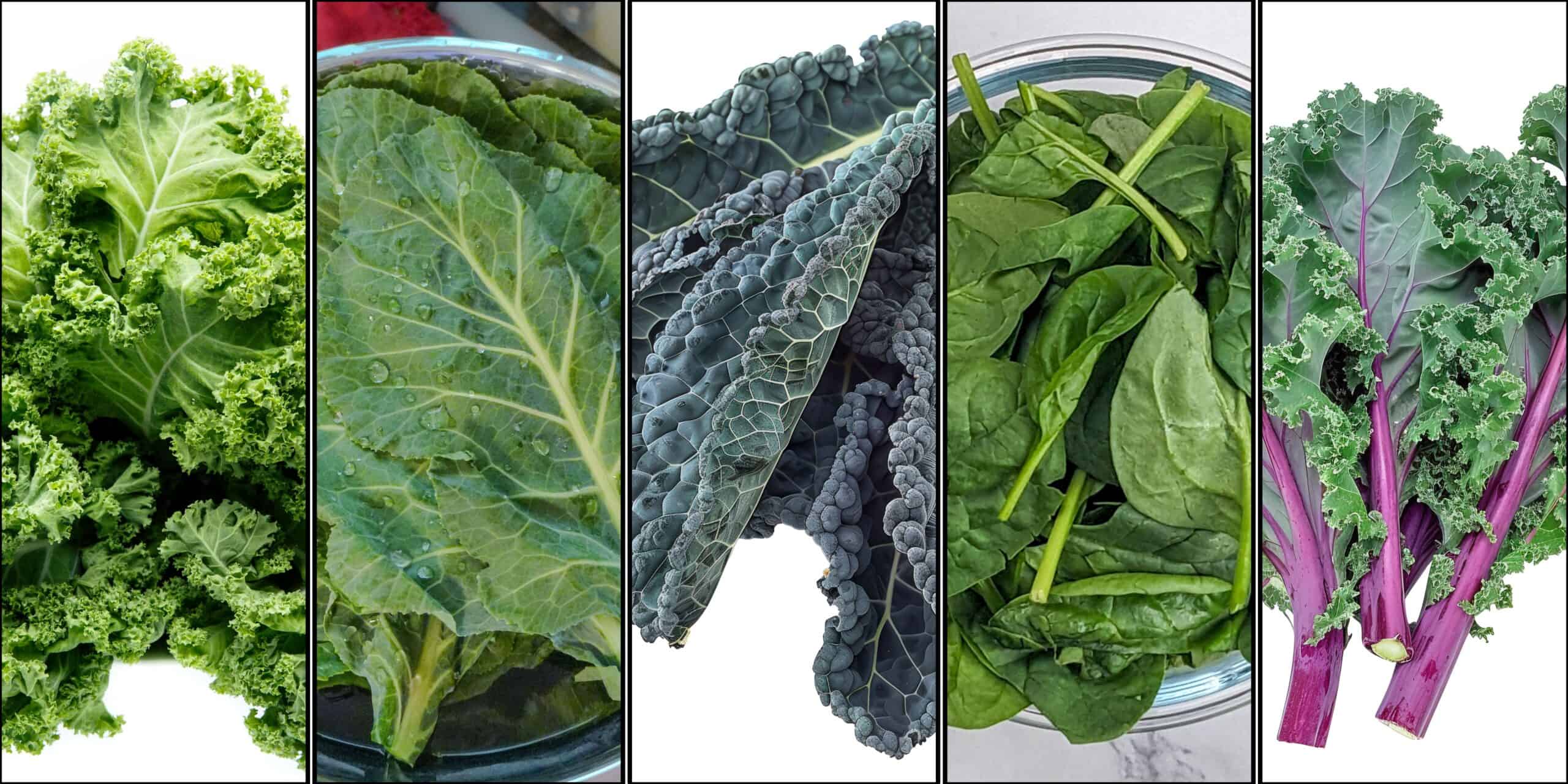
Table of Contents
Jump to:
- Collard Greens Substitutes: What to Use When You're Out (or Just Curious)
- Why You Might Need a Substitute
- What Makes a Good Substitute?
- Top Collard Greens Substitutes (With Pros and Use Cases)
- Collard Greens Substitution Chart
- How to Adjust Cooking Times for Substitutes
- Flavor Pairings and Recipe Suggestions
- My Go-To Substitutes in a Pinch
- Culinary Glossary
- Cooking Tips
- Frequently Asked Questions
- More Cook's Notebook
- Explore Recipes
- Subscribe to the YouTube Channel
- Have a Comment or Question?
Collard Greens Substitutes: What to Use When You're Out (or Just Curious)
We’ve all been there—you head to the store, recipe in hand, ready to make your famous southern-style collard greens with all the fixings, only to find the produce shelf looking real empty. Or maybe you're just not vibing with collards today and want to try something new.
Whatever the reason, knowing the best collard greens substitutes can save your meal, stretch your skills, and maybe even surprise you with a new favorite green. In this guide, I’m breaking down exactly what to use instead of collard greens, leafy greens to use in a pinch, and how to work with them without sacrificing flavor or texture.
Whether you’re cooking with ham hocks, keeping it vegan, or just need something that can soak up that pot liquor, I got you.
Why You Might Need a Substitute
Honestly, fresh collard greens aren’t always waiting for you in the produce aisle like a dependable bestie. Whether it's the off-season in cooler months, a cleaned-out grocery store before the holidays, or just one of those “I forgot to buy greens” moments, there are plenty of reasons why you might need to explore some collard green replacement options.
Maybe you're looking for something with a milder flavor or experimenting with new leafy green vegetables for your healthy diet. No matter the reason, having a few best alternatives to collard greens in your back pocket means your meal never has to suffer.
What Makes a Good Substitute?
Before we start swapping, let’s talk about what makes collards unique. These dark leafy greens are known for their tough stems, sturdy leaves, and their ability to stand up to long cooking times without losing their vibrant color or crisp texture.
A good substitute should check most of those boxes—offering a similar flavor profile, a bit of bitter taste or earthy flavor, and the durability to hold up in southern dishes, stews, or quick sautés. If it wilts like lettuce or disappears the moment it hits medium heat, it's not your best bet.
Top Collard Greens Substitutes (With Pros and Use Cases)
Now that we know what we’re looking for, let’s break down the leafy greens to use instead of collard greens, depending on what dish you’re making and how bold you want to get.
- Mustard Greens – A peppery, slightly bitter flavor and tender leaves that cook quickly. Great in vegetarian greens dishes, stir-fries, or anywhere you'd use quick collard greens.
- Turnip Greens – A staple in southern cuisine, these have a similar flavor and slightly delicate texture, perfect for braising with chicken stock or vegetable broth.
- Swiss Chard – Offers a colorful twist with its vibrant stems and milder flavor. It’s a great substitute for lighter dishes or when pairing with ingredients like lemon juice or olive oil.
- Beet Greens – A little sweet and earthy, they’re a good fit for those who want a unique flavor and a bit of nutritional value.
- Kale – Especially Tuscan kale or lacinato kale, it’s hearty and textured, making it an excellent substitute for cooking greens with long simmer times.
- Bok Choy – Not a perfect match, but the tender greens and sweet flavor make it ideal for Asian-inspired spins on your favorite recipes.
Each of these is a suitable substitute in its own way—and the fun is figuring out how to make them your own.
Collard Greens Substitution Chart
Use this chart as a quick breakdown for your favorite subsitutes.
| Substitute | Flavor Profile | Texture & Stems | Cook Time | Best Use Cases |
|---|
| Mustard Greens | Peppery, bitter | Tender leaves, soft stems | Quick (5–7 min) | Quick sautés, stews, veggie-heavy dishes |
| Turnip Greens | Mild, earthy | Medium-tough leaves | Medium (10–20 min) | Southern-style braises, vegetable broth soups |
| Swiss Chard | Mild, slightly sweet | Tender, vibrant stems | Quick (5–10 min) | Sautés, pastas, light soups, grain bowls |
| Beet Greens | Earthy, slightly sweet | Delicate, soft stems | Quick (5–7 min) | Stir-fries, sautés, paired with lemon juice |
| Kale (Tuscan) | Slightly bitter, hearty | Thick leaves, strong stems | Long (20–30 min) | Stews, cooking greens, baked dishes |
| Bok Choy | Mild, juicy | Very tender, soft stems | Very quick (3–5 min) | Asian-style dishes, stir-fry, ramen toppings |
| Spinach | Mild, slightly sweet | Very soft, wilts fast | Super quick (2–3 min) | Sautés, omelets, blended into sauces |
| Napa Cabbage | Mild, slightly sweet | Crunchy, watery leaves | Medium (10–15 min) | Stir-fries, braised with soy or chicken stock |
How to Adjust Cooking Times for Substitutes
Of course, not all substitutes cook the same way as raw collard greens. Some have tender leaves or thinner stems and can turn mushy if treated like the real deal.
While collards love a good long cooking time—especially when simmered with ham hocks or black-eyed peas—you’ll want to ease up on the heat or time when working with greens like Swiss chard or English spinach.
Most tender greens need just a few minutes over medium heat or a quick steam at the end of the cooking process. Save the thicker leaves like kale or cabbage for your slow-cooked recipes.
Flavor Pairings and Recipe Suggestions
Swapping greens doesn’t mean sacrificing flavor. Many of these versatile vegetables shine when paired with classic ingredients found in southern collard greens: liquid smoke, red pepper flakes, apple cider vinegar, and a tablespoon of olive oil will bring that soul food depth, even if you’re using napa cabbage or rainbow chard.

Want to keep it vegan? Sauté beet greens or mustard greens with garlic, a pinch of salt, and a splash of vegetable broth for a lighter but equally flavorful dish. These green recipe swaps can work in stews, sandwich wraps, grain bowls, or even alongside your favorite southern-style side dish.
My Go-To Substitutes in a Pinch
When I’m in a rush or the farmers markets are out of fresh collard greens, my go-to substitute is usually kale—especially Tuscan kale. It’s got that thick stem, dark green leaves, and durability that makes it feel like the next best thing. I’ll also grab spinach if I’m working with shorter cooking times or want something quick and easy for sautéing.
If you’ve ever had to pull together a weeknight dinner with what you’ve got in the fridge, you already know: flexibility is the name of the game, and a solid collard green replacement can be a life-saver.
Recommended Reads
- How to Clean Collard Greens | Step-by-Step
- How to Store Collard Greens | Fridge & Freezer Guide
- How to Trim and Slice Collard Greens (Step-by-Step Guide)
- Scotch Bonnet Smoked Turkey Collard Greens Beans Soup
- Green Seasoning Recipe | Epis - Haitian Style
Culinary Glossary
This section concisely defines key ingredients and techniques related to this post to enhance understanding and improve cooking skills.
Ingredients
- Collard Greens - A hardy, leafy green vegetable from the brassica family, known for its large dark green leaves, slightly bitter flavor, and ability to hold up to long cooking.
- Cruciferous Vegetables - A group of nutrient-dense plants including collards, kale, mustard greens, cabbage, and bok choy—known for their earthy flavor and health benefits like supporting bone health and reducing inflammation.
- Tender Greens - Greens like spinach or beet tops that cook quickly and are best used in sautés, soups, or stir-fries due to their delicate texture.
- Pot Liquor (Pot Likker) - The flavorful broth left behind after cooking greens; often packed with nutrients and traditionally served as part of Southern dishes.
Techniques
- Blanching - A quick cooking technique where vegetables are briefly boiled and then submerged in ice water to preserve their color, texture, and nutrients.
- Braising - A cooking method where food is first browned (if applicable) then slowly simmered in liquid (like vegetable broth or chicken stock) to create a tender texture and rich flavor.
- Sautéing - Cooking food quickly over medium to high heat using a small amount of fat (like olive oil), ideal for tender greens like Swiss chard or spinach.
Cooking Tips
Cook's Notebook is your Cooking Tips Resource Guide. Become a better home cook with tips to help you cook more efficiently.
- Match the cook time to the green. Kale and turnip greens can take the heat—use them in recipes that call for longer cooking times, while spinach and beet greens work best in quick sautés.
- Layer your flavors. To mimic the depth of collard greens, add a splash of apple cider vinegar, liquid smoke, or chicken stock to substitutes like Swiss chard or bok choy.
- Balance bitterness with acid. Greens with a bitter flavor pair beautifully with a squeeze of lemon juice or a dash of vinegar to mellow things out.
- Choose hearty greens for stews. If you're making southern-style dishes or slow-cooked stews, go with Tuscan kale, mustard greens, or turnip greens for structure and flavor.
- Don’t toss those stems too soon. Thick stems from kale or chard can be cooked down for added texture—just slice thinly and add them earlier in the cooking process.
Frequently Asked Questions
Here, you will find a list of common questions that I have answered. If you have questions, please write them in the comment section below.
Mustard greens and turnip greens are the top picks because they offer a similar bitter flavor and can hold up to slow cooking with traditional ingredients like ham hocks or black-eyed peas.
Yes, but be aware that spinach has a delicate texture and mild flavor, so it cooks much faster and works best in quick dishes or light sautés—not in long braises.
It depends on your cooking method. For southern cuisine or stews, go with kale or turnip greens. For stir-fries or light sides, try bok choy, Swiss chard, or beet greens.
Yes! Many leafy green vegetables like kale, mustard greens, and Swiss chard are packed with vitamin K, vitamin C, fiber, and other health benefits that support a healthy diet.
Absolutely! Mixing greens is a great way to balance bitter taste with sweet flavor or add a little variety in texture and color. Try combining rainbow chard with kale or napa cabbage with spinach.
More Cook's Notebook
- How to Prep Collard Greens: Complete Beginner’s Guide
- How to Store Collard Greens | Fridge & Freezer Guide
- How to Trim and Slice Collard Greens (Step-by-Step Guide)
- How to Clean Collard Greens | Step-by-Step
Explore Recipes
- Green Seasoning Recipe | Epis - Haitian Style
- Quick Spicy Potstickers | Chili Momo Tibetan Style
- Beituti Chicken Shawarma Rice Bowl | Quick and Easy
- Air Fryer Chicken Shawarma | Quick with Beituti
Subscribe to the YouTube Channel
SUBSCRIBE: 👈To my YouTube Channel to Get Notifications of New Videos.


Chef Maika Frederic
Personal Chef and Educator
Chef Maika is a Haitian-American personal chef, food blogger, and culinary expert passionate about bold flavors and approachable recipes. Owner of Growth Culinary and with years of experience in top kitchens, she shares diverse, flavorful meals and time-saving tips to inspire home cooks. Read More About Just Maika Cooking
Have a Comment or Question?
If you have a question or comment about this post, please post it below. You will definitely get a quick response. It also helps our other readers to stay informed. Thanks!

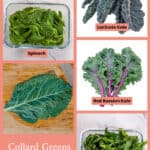

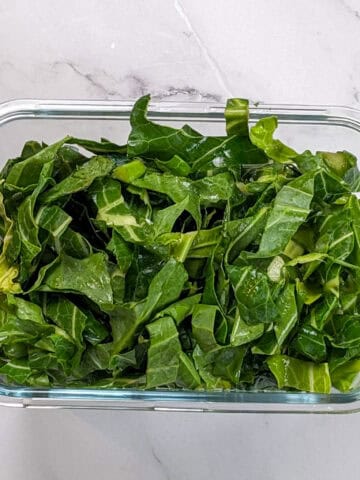
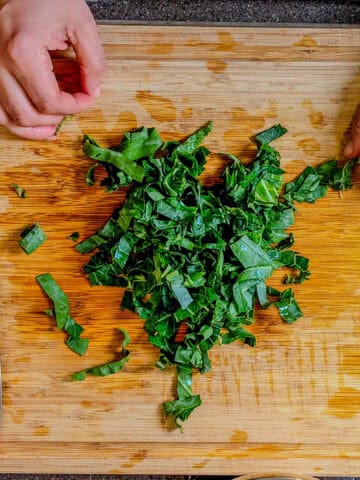
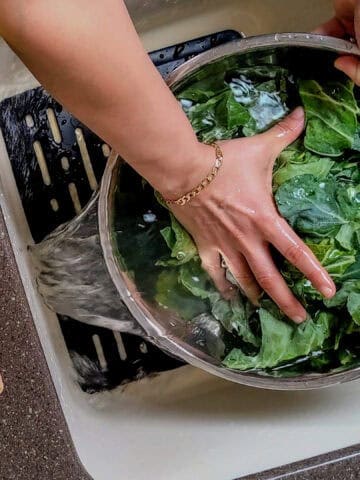
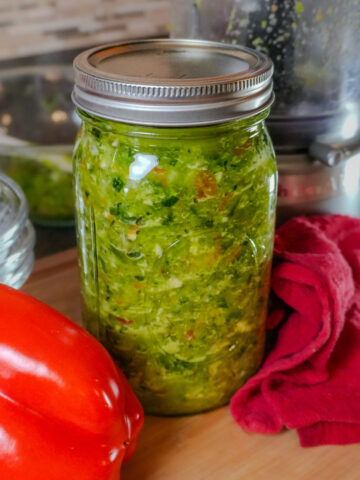



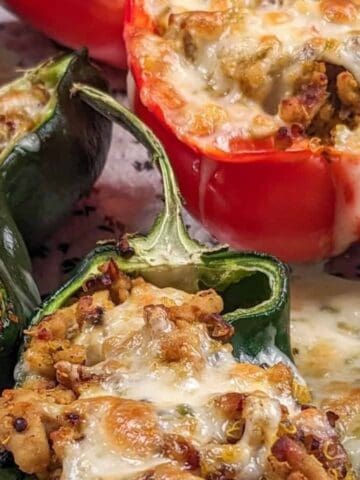
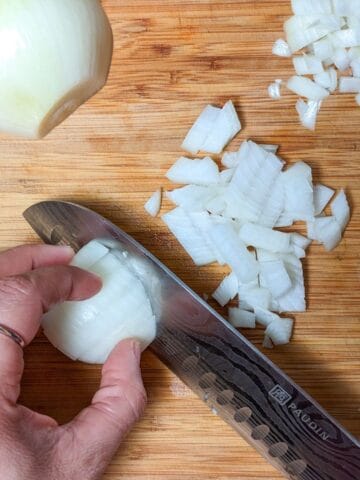
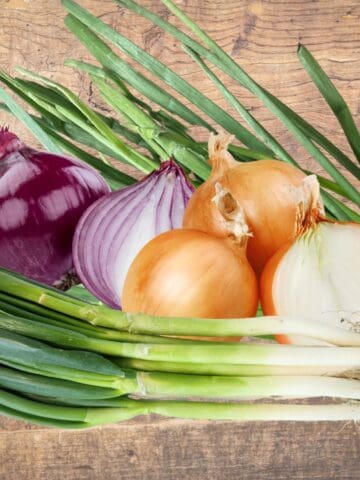
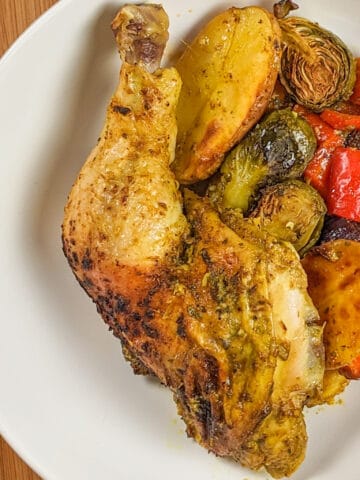
Leave a Reply